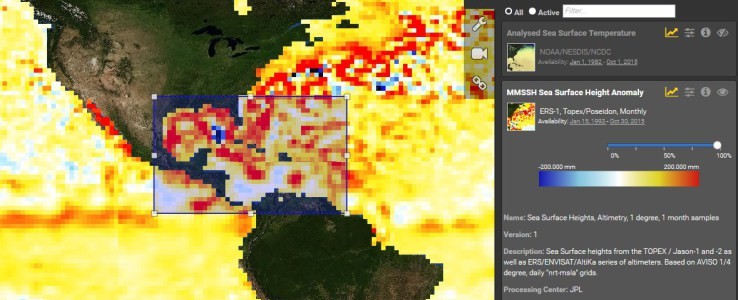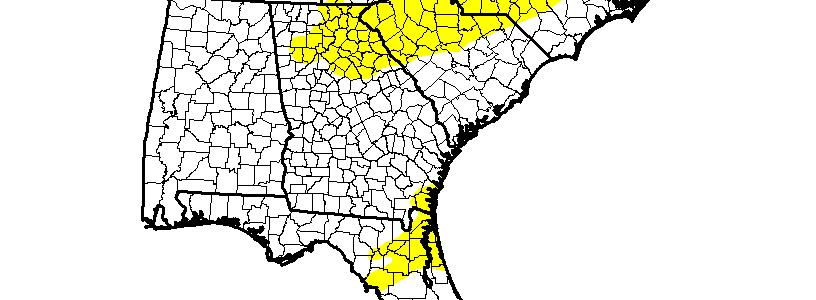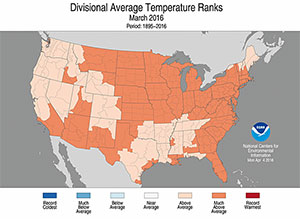-

NASA has a new web site dedicated to providing resources on sea level for across the US. The site is available at https://sealevel.nasa.gov/. You can also read more about it at TechCrunch at https://techcrunch.com/2016/04/04/nasas-new-sea-level-site-puts-climate-change-papers-data-and-tools-online/. The site is focused on space-based observations (hence why it is coming from NASA instead of NOAA) but has plenty of land-based indicators…
-

The latest Drought Monitor, released this morning, shows that the area of abnormally dry conditions has shifted due to this week’s rains. D0 conditions were reduced in Georgia and northeast Florida but expanded in North and South Carolina. The first image below shows the latest map, and the second image shows last week’s map. The…
Posted in: Drought -

The latest monthly climate summary from NOAA was released yesterday. It shows that for March 2016, the monthly average temperature was the 4th warmest on record and the warmest since 2012. (Incidentally, the record pollen count in recent years occurred in 2012, but we’ve had a lot this year too due to many things blooming…
Posted in: Climate summaries -

Yale Climate Connections posted a story this week about the tough decisions that Southern California farmers are having to make after another winter with low rainfalls. One farmer says that she had to cut 100 acres of vegetables last year (out of 350 total) and another 100 this year due to lack of water. She…
-

KOMO TV posted a fascinating video of a weather balloon making a 22-mile high flight through the atmosphere and falling back to earth. You can see it here. As a meteorologist, though, I am even more fascinated by the temperature profile that the balloon travels through. It shows not only the temperature decreasing with height…
-

In the past, distributions of raindrop size were made mainly by flying airplanes with special equipment through rainstorms or catching drops on a surface that shows the drop size. Now NASA has come up with a method for measuring the 3-dimensional pattern of raindrop sizes in a storm that may help computer modelers improve forecasts…
-

Nearly 2/3 of the land that NASA manages is within 16 feet of mean sea level, according to a news article published in the New York Times today. Because of this, and knowing the upward creeping sea levels around the world due to warmer waters and melting ice caps, they have been working for ten…